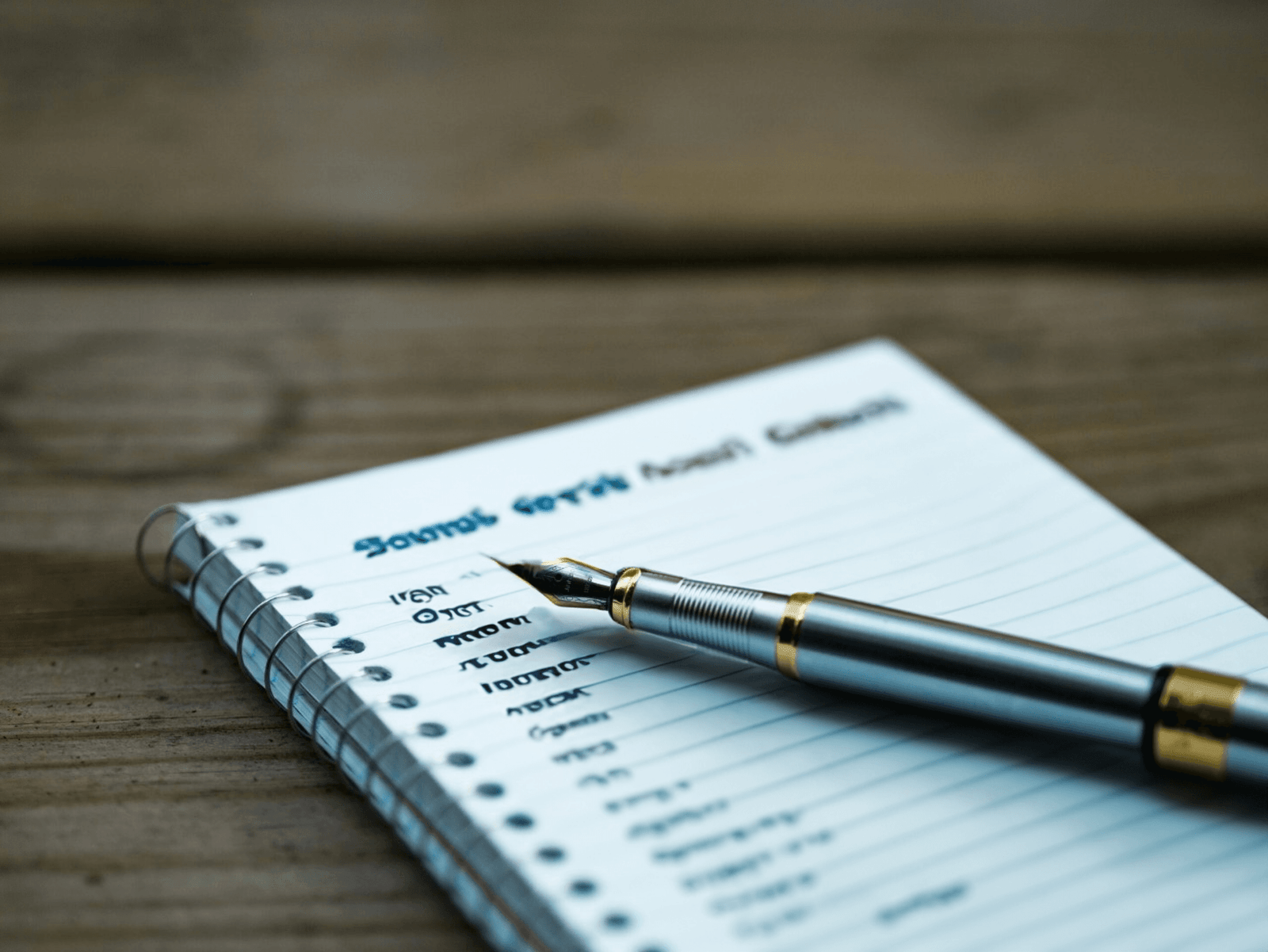Introduction
A table of contents (TOC) is a valuable tool that helps readers navigate through a document, whether it’s a book, report, or any other lengthy piece of content. It provides an overview of the document’s structure and allows readers to quickly locate specific sections or chapters they are interested in. In the next paragraph we will look at an example of the table of contents.
An Example
A Table of Contents (ToC) organizes the sections of a book, report, or document to help readers find specific information easily. Consequently, the format can vary depending on the length and complexity of the document. Generally speaking, it lists the chapter titles, main sections, and occasionally sub-sections along with their corresponding page numbers. To illustrate, here’s a simplified example for a hypothetical book:
Table of Contents
- Introduction – 1
- Background – 2
- Purpose – 3
- Literature Review – 5
- Historical Overview – 6
- Recent Developments – 8
- Methodology – 10
- Research Design – 11
- Data Collection Methods – 13
- Analysis Techniques – 15
- Results – 17
- Data Presentation – 18
- Statistical Analysis – 20
- Discussion – 22
- Interpretation of Results – 23
- Implications – 25
- Conclusions and Recommendations – 27
- Summary of Findings – 28
- Future Research Directions – 30
- References – 32
- Appendices – 35
- Appendix A: Survey Questionnaire – 36
- Appendix B: Data Tables – 38
This example is a basic structure that can be adapted to suit various types of documents, from academic papers to business reports. The key is to ensure clarity and ease of navigation for the reader.
Benefits of a Table of Contents
The primary purpose of a table of contents is to enhance the navigability of a document. Here are a few key benefits:
- Easy navigation: A well-constructed TOC allows readers to jump directly to the sections they want to read, saving them time and effort.
- Structural overview: The TOC provides a bird’s eye view of the document’s organization, helping readers understand its flow and logical sequence.
- Improved readability: By breaking down a lengthy document into smaller, manageable sections, the TOC makes it easier for readers to digest the information.
- Quick reference: The TOC serves as a handy reference tool, enabling readers to revisit specific sections without having to skim through the entire document.
Construction and Appearance
A table of contents typically appears at the beginning of a document, after the title page and any abstract or introductory sections. It is usually presented as a list of chapter or section titles, along with their corresponding page numbers.
The construction of a TOC involves the following steps:
- Identify headings: Review the document and identify the main headings or sections that you want to include in the TOC.
- Assign levels: Assign hierarchical levels to the headings based on their importance and subordination. For example, use heading level 1 for main sections and heading level 2 for subsections.
- Create links or page numbers: For each heading, add a link or page number that directs readers to the corresponding section in the document.
- Organize the list: Arrange the headings in a logical order, ensuring that the hierarchical relationship between sections is clearly represented.
- Format the TOC: Apply consistent formatting to the TOC, such as font style, size, and alignment, to make it visually appealing and easy to read.
Placement of the Table of Contents
Publishers typically place the TOC on a separate page right after the title page or any preliminary sections. It sits before the main body of the document, enabling readers to quickly find and access the sections they desire.
Representation in a PDF Document
A PDF document can represent the table of contents as a clickable list of links or bookmarks. When users click on a specific entry in the TOC, it automatically directs them to the corresponding section within the document.
This interactive feature in PDFs enhances the user experience, as readers can navigate through the document with ease, just like they would in a physical book.
This is where a product such as our Mapsoft TOCBuilder can really help. This plugin for Adobe Acrobat allows you to produce the relevant pages in your PDF file by using the bookmarks as a references.
The TOC text elements match the bookmark text and can be indented with relevant reductions in character point size for the hierarchy levels.
Leader lines can be added with the relevant page numbers at the end and hypertext links are added to navigate to the relevant pages.
If your PDF file does not contain the bookmarks then we also have a plug-in that can automatically create the bookmarks list from style information present in the original PDF file.
Conclusion
A table of contents is crucial for long documents, allowing readers to navigate it easily. Proper construction and placement improves document usability. Having a well-constructed TOC ensures a seamless reading experience, whether it’s printed or digital.



